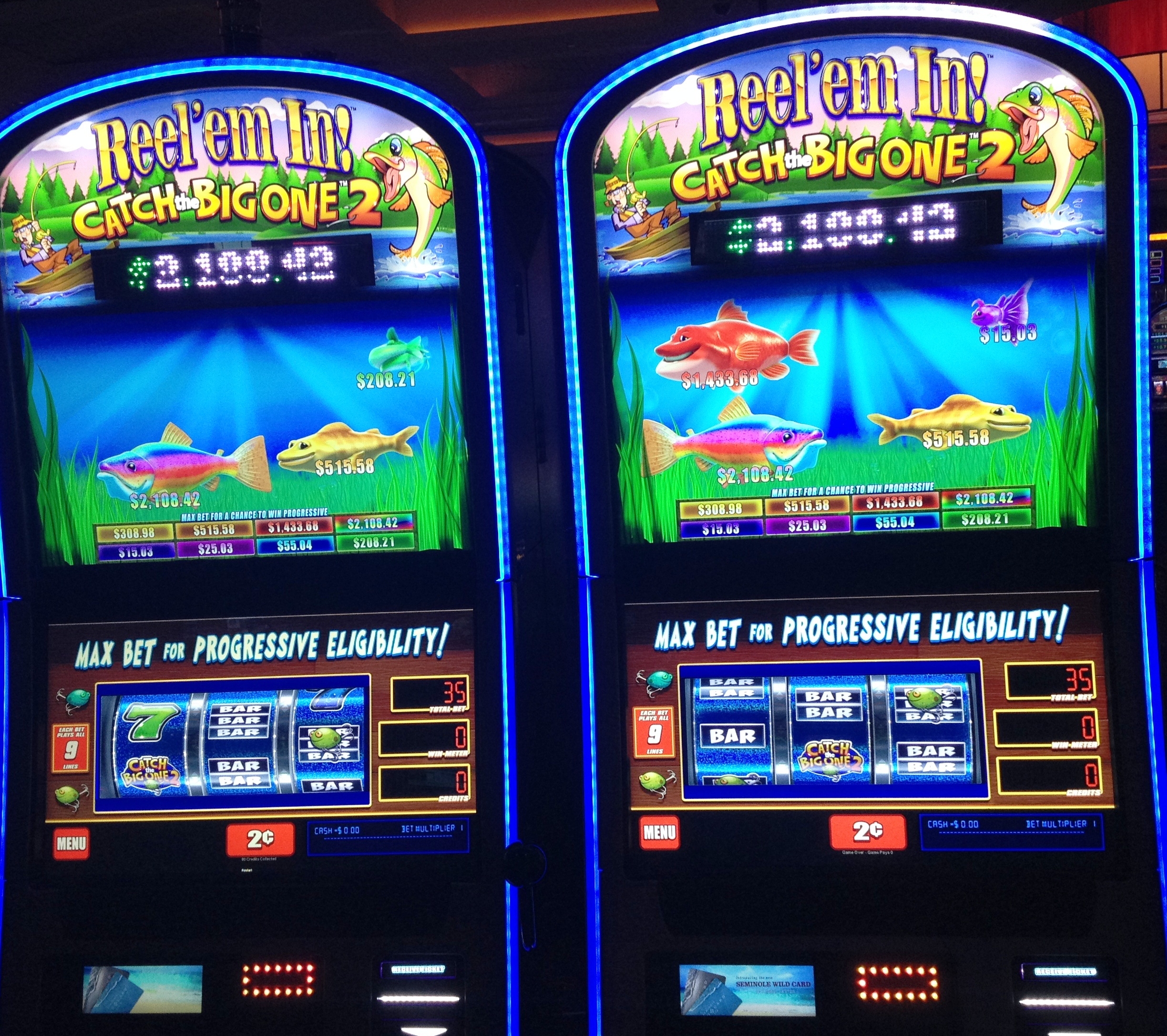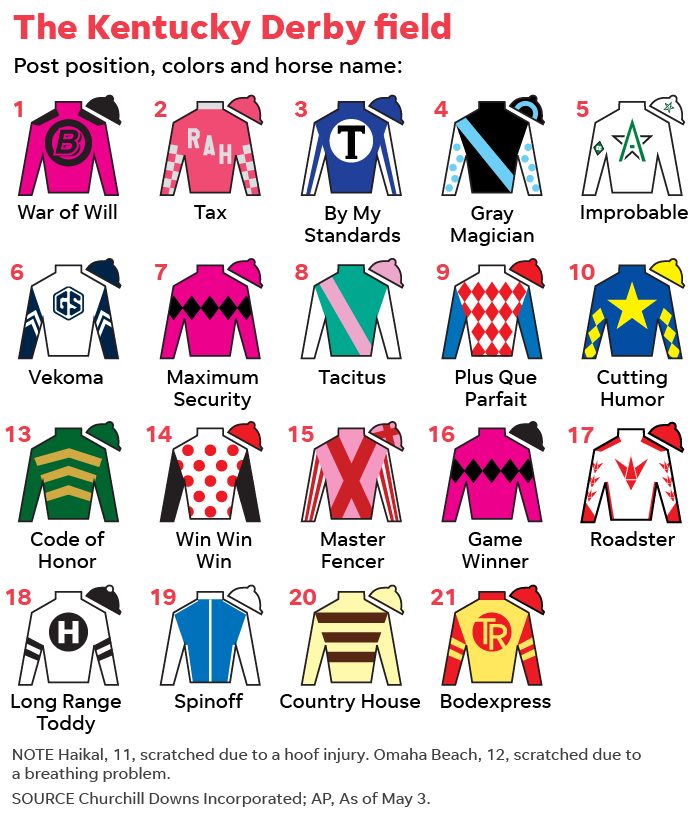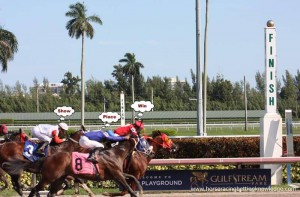Show Bet Payout
- Show Bet Payout Calculator
- Kentucky Derby Show Bet Payout
- Show Bet Payout Calculator
- Win Place Show Bet Payout
As with all other wagers, Place and Show bets form their own pools; meaning that payouts are determined solely by the amount bet into those specific pools. So, for example, the amount bet on the Number 7 horse to Win is totally irrelevant to how much the Number 7 horse will pay for Place; which, in turn, is totally irrelevant to how much the. Sometimes the minimum win is $2.20 on a $2 bet. To cover the minimum $2.10 payout on a show bet, the track may take funds from the shares of the other two horses that showed if necessary. Should a huge favorite in a race with a small field show, it is not unlikely that winning show bets on all three horses pay $2.10.
On This Page
Introduction
The purpose of this section will be to explain the basic bets available to the racetrack bettor, how the payoffs are determined, and cut the track takes from the betting pool. This section will not give advice on how to choose which specific horse to bet on. There are plenty of books on that subject and it is something I know almost nothing about. So if you need to bone up on the basics of racetrack betting you are in the right place.
Pari-Mutuel Betting
The racetrack operates on the same principle as an insurance company. A group of bettors pool their money together through an agent (either the track or the insurance company), the agent takes out a cut for themselves to cover expenses and profit, and the rest is given back the winning players.
At the track there are various types of bets available. All money bet on a specific kind of wager is pooled together. Once the betting is closed the track will deduct their share to cover taxes, dues to the Racing Association, overhead expenses, purse money, and the Breeders’ Fund. For example at the Pimlico track in Baltimore (home of the Preakness stakes) the track will deduct 17% to 25% depending on the type of wager. The remainder of the pool will be divided among the winning bettors.Betting Options
Win: This is that most basic bet that a bet that the chosen horse will finish in first place.
Place: This is a bet that the chosen horse will finish first or second.
Show: This is a bet that the chosen horse will finish first, second, or third.
Daily Double: This is a bet on the first place position in two consecutive races, generally the first two of the day. Bettor must correctly pick both races to win.
Daily Triple/Pick Three: This is a bet on the first place position in three consecutive races.

Pick Six: This is a bet on the first place position of six consecutive races, generally the last six. If the event nobody wins the winning pool is split between those correctly picking five (or less if nobody picked five) and a carryover to the next pick six pool.
Exacta: This bet is on the first and second place horses in a given race in the correct order.
Quinella: This is bet is on the first and second place horse in a given race in any order.
Trifecta: This bet is on the first, second, and third places in a given race in the correct order.
Twin Trifecta: This is a pair of trifecta bets on two races. The winning pool is split between winners of the first trifecta and winners of both of them. After the first race winners of that trifecta should redeem their tickets for winnings from first half of the pool and a ticket for the second half.
Superfecta: This bet is on the first, second, third, and fourth places in a given race in the correct order.
Odd/Even: This is an uncommon bet based on the number of the winning horse.
The minimum bet is generally $2 on win, place, and show bets, and $1 on all others.
Placing a Bet
The tote board and the television monitors at the track will display the odds on a win bet for each horse on the next race, as well as each exacta combination. The odds will be refreshed every ten seconds or so to reflect the changes in betting activity. The odds are reported on a 'to' basis. For example if horse 4 is paying 8:5 then a $2 wager would win $3.20, for a total return of $5.20. Unlike sports betting the bettor is not locked into the current odds when he makes a wager. Rather the odds keep changing until post time, at which moment all bets are locked out.There is a specific way to make a wager at the betting window. You should state in order the track (if you don't specifiy it will be assumed you mean the home track), the race number, wager amount, type of wager, and horse number. There is little tolerance for chit chat or indecision at the betting window. Nobody standing behind you in line wants to risk getting locked out so make your bet as efficiently as possible.
About a minute after the end of the race the tote board will display the value of winning tickets relative to a $2 wager. For example, the board may look like this:
2011 Preakness
| Number | Name | Win | Place | Show |
|---|---|---|---|---|
| 5 | Shackleford | $27.20 | $10.20 | $6.80 |
| 11 | Animal Kingdom | $4.20 | $3.60 | |
| 1 | Astrology | $8.00 |
This shows what winning $2 win, place, and show tickets pay. These amounts include the original $2 wager. For example, a $2 place bet on Shackleford would have paid $10.20 ($8.20 in winnings and $2.00 for the original wager).
Show Bet Payout Calculator
The tote board will also display what winning exotic bets pay. Sometimes in inquiry occurs after the end of a race resulting in a horse being disqualified. So wait a few minutes after a race is over before discarding a losing ticket because a disqualification of another horse may cause yours to move up. The one and only time I took my wife to the track she won a trifecta as the result of a horse being disqualified.
Payoff Calculation
On bets with only one way to win the remaining pool after the track's cut is divided among the winners in proportion to the amount bet. The payoff per $2 bet is always rounded down to the next increment of 10 or 20 cents. This is called the 'breakage', which is not an insignificant amount of extra money for the track.For example if $1000 is bet in total on win bets, and $200 is bet on the winning horse, then the payoff for the winning tickets will be determined as follows. First the track collects it's cut, we'll say 17%, that leaves $830. Then the bets on the winner are deducted, that leaves $630 for paying winnings. The ratio of winnings to winning bets is $630/$200=3.15. This ratio is then applied to the minimum $2 bet: 3.15 * $2 = $6.30. The $6.30 is rounded down to $6.20, which is the final payoff per $2 bet. All winning bettors will be paid at this ratio, for example a $100 bet will win $100*(6.20/2.00) = $310. When collecting a winning wager the bettor will also receive their original wager back. In the above example a $2 winning ticket would get back $8.20 ($6.20 in winnings plus original $2.00 bet).
If the case of the place and show bets the math winning pool is divided equally into one pool for each winning horse. For example assume $1000 is bet on place bets and the first and second places horses are x and y. Further assume $100 is bet on x and $200 is bet on y. First the house takes their 17% cut leaving $830. Then winning bets of $300 are deducted leaving $530 to pay the winners. Half of the $530, $265, will be paid to the winners of each horse. In this case the ratio of winnings to winning bets on horse x will be $265/$100=2.65 and on horse y will be $265/$200=1.325. The unrounded winnings for $2 on horse x are 2.65 * $2 = $5.30, and on horse y are 1.325 * $2 = $2.65. These amounts are rounded down for winnings of $5.20 on x and $2.60 on y. Including the original wager winning $2 tickets on x receive $7.20 and on y receive $4.60.
Sometimes when a strong favorite wins, especially on a show bet, the winnings may round down to nothing. In this event the track must pay back a minimum of $2.10 per $2.00 bet, even if it results in a net loss for the track. Sometimes the minimum win is $2.20 on a $2 bet. To cover the minimum $2.10 payout on a show bet, the track may take funds from the shares of the other two horses that showed if necessary. Should a huge favorite in a race with a small field show, it is not unlikely that winning show bets on all three horses pay $2.10.
The Track Cut
As stated in the introduction the track cut varies depending on the type of wager. The following table shows the house cut for various tracks according to the type of wager.House Edge in Horse Racing

Kentucky Derby Show Bet Payout
| Track | State | Win/place/show | 2 horse picks1 | 3+ horse picks2 |
|---|---|---|---|---|
| Prescott Downs | Arizona | 18.5% | 22.5% | 22.5% |
| Oak Lawn | Arkansas | 17% | 21% | 21% |
| Hollywood Park | California | 15.43% | 20.18% | 20.18% |
| Arapahoe Park | Colorado | 18.5% | 25% | 25% |
| Delaware Park | Delaware | 17% | 19% | 25% |
| Tampa Bay Downs | Florida | 18.9% | 25.9% | 25.9% |
| Les Bois Park | Idaho | 18% | 22.75% | 24.75% |
| Arlington Park | Illinois | 17% | 20.5% | 25% |
| Prairie Meadows | Iowa | 18% | 24% | 25% |
| Churchill Downs | Kentucky | 16% | 19% | 19%3 |
| Delta Downs | Louisiana | 17% | 20.5% | 25% |
| Laurel | Maryland | 17% | 19% | 25% |
| Great Lakes Downs | Michigan | 17% | 20.5% | 20.5%4 |
| Fonner Park | Nebraska | 15% | 23% | 23% |
| Meadowlands | New Jersey | 17% | 19% | 25% |
| The Downs | New Mexico | 22% | 22% | 25% |
| Aqueduct | New York | 15% | 20% | 25% |
| River Downs | Ohio | 18% | 22% | 22% |
| Remington Park | Oklahoma | 18% | 20% | 20% |
| Portland Meadows | Oregon | 18% | 22% | 22% |
| Philadelphia Park | Pennsylvania | 17% | 20% | 30%5 |
| Lone Star | Texas | 18% | 21% | 25% |
| Colonial Downs | Virginia | 18% | 22% | 22% |
| Emerald Downs | Washington | 15.1% | 22.1% | 22.1% |
| Charles Town | West Virginia | 17.3% | 19% | 25% |
- 2 horse picks refers to daily doubles, quinellas, and exactas.
- 3+ horse picks refers to trifectas, pick 6, and other longshots.
- Takeout for odd/even bet is 5% at Churchill Downs.
- Takeout for pick 3 is 25% at Great Lakes Downs.
- Takeout for pick 3 is 26% at Philadelphia Park.
Taxation of Winnings
If a single ticket pays odds of 300 to 1 or more and totals more than $600, then the track will issue a W2G form, which will be reported to the IRS as gambling winnings. If a single ticket pays 300 to 1 or more and totals more than $5000 then automatic 28% withholding will take place.
Sources
Information on the track cut is from DRF.com, the site of the Daily Racing Form. The Complete Guide to Racetrack Betting by David K. Rosenthal helped me to bone up on the basics. The Washington State Racing Commission rules of racing is a good source for the specific rules of each wager. Barry Meadow was very helpful for information on taxation of winnings and pick-six carry overs. Finally I am very grateful to Kevin Hill for answering my many questions on horse betting.
Written by:Michael Shackleford
Win, Place and Show bets are the most common wagers placed among horse racing bets. They generally have lower payouts than exotic bets, such as the Exactas and Quinellas, but they are also a lot more frequently paid.
Understanding Win, Place and Show Betting
For a horse to “Win”, it must finish in the first position. If you bet on them to win you get paid only if they win the race.
A horse that “Places” is one that finishes in the second position, but a bet on a horse to place will payout if your chosen horse finishes first or second.
“Show” means a horse has finished in the third position. However, betting on a horse to Show does not necessarily mean it must finish third, but rather in the first, second or third position.
Above is an example of the “win place show” menu at Bovada.lv where you can bet on any horse to either win, place or show. You will also get $250 free at Bovada for the Kentucky Derby.
The more difficult a bet is to win, the more you can generally expect to be paid. However, due to the foundation of pari-mutuel betting, this isn’t always true. The more money that is placed on a specific bet, the lower the payout becomes. Viewing the tote board will tell you the payout probability of each specific bet at that moment.

Because bets are constantly coming in up until the start of the race, these odds can change drastically from the time you place your bet to the time the race begins.
If you are looking for bigger payouts I recommend the “win” or “place” bet if it is a mid to long shot. Betting on a favorite to “show” won’t pay out much, but betting on an underdog to show can often have a good payout. Head over to Bovada.lv for the best online horse racing betting.
Horse Racing Betting – Win Bets
- A Win bet is a manner of horse racing betting where the person selects a single horse in the race to finish in first place. The wager is only won if the horse finishes in first.
Horse Racing Betting – Place Bets
Show Bet Payout Calculator
A Place bet is a manner of horse racing betting that requires the bettor to select a single horse in the race to finish in either first or second place. So long as the horse places (finishes in first or second), the bet is won. The amount paid on the bet is unequivocal, (i.e. the payout is the same no matter whether the horse finishes first or second.)
Win Place Show Bet Payout
Horse Racing Betting – Show Bets
A Show bet is a manner of horse racing betting wherein the bettor selects a single horse in the race to finish anywhere in the top three positions. If the horse Shows (finishes in first, second or third), the bet is won. The amount paid is unequivocal, (i.e. the payout is the same no matter whether the horse finishes first or second.)
Horse Racing Betting – Win-Place Bets
A Win-Place bet is a manner of horse racing betting that is much like a Place bet. The bettor is choosing a single horse in the race that he/she believes will Win or Place (finish in first or second). If the horse Wins or Places, the bet is won. However, unlike the Place bet, the finishing position of the horse will determine the exact payout received on a bet, according to the probable payout odds on the tote board (i.e. a Win pays more than a Place.)
Horse Racing Betting – Win-Place-Show Bets
Also known as an “Across the Boards” bet, a Win-Place-Show bet is a manner of horse racing betting that is much like a Show bet. The bettor selects a single horse to Win, Place or Show (finish in first, second or third) in the race. If the horse Wins, Places or Shows, the bet is won. In contrast to the Show bet, however, the finishing position of the horse will determine the exact payout received on a bet, according to the probable payout odds on the tote board (i.e. a Win pays more than a Place; Place pays more than a Show.)